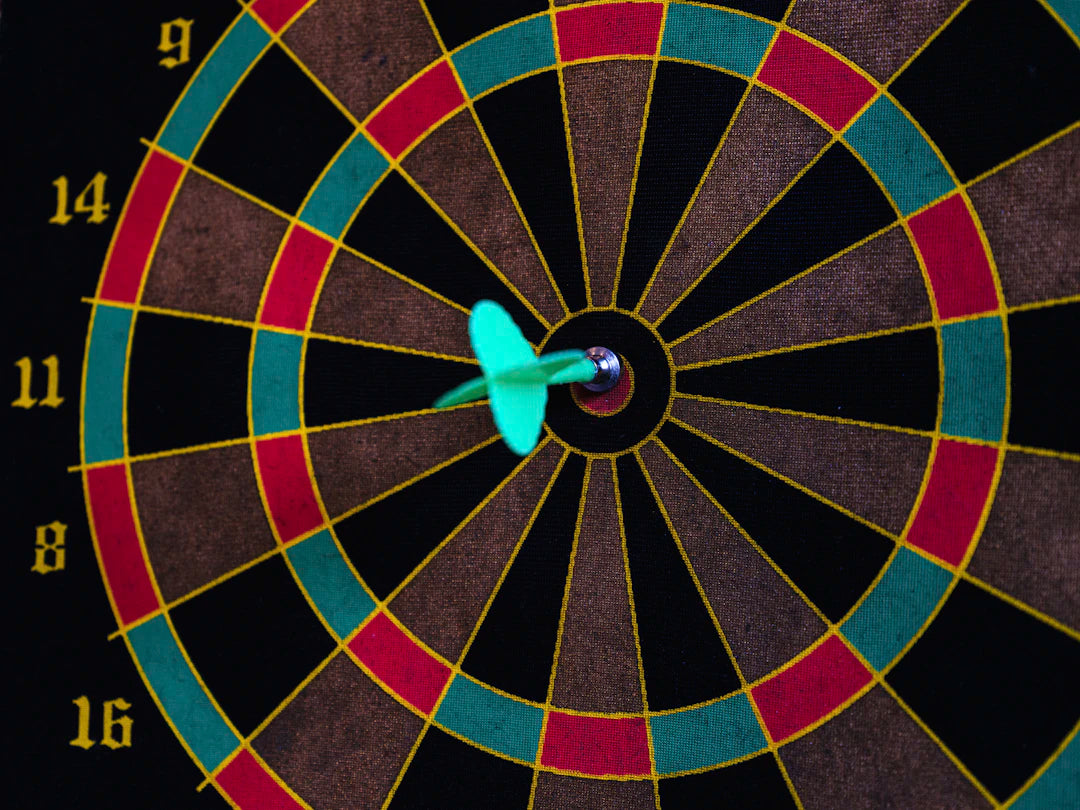Overview
Learn how to create a home shuffleboard court with this step-by-step guide. Discover the benefits of having a court, choose the right location, gather necessary materials, and follow the building process. Get tips on maintenance, seating, and lighting for a comfortable play experience, and enjoy various game formats with friends and family for fun and competition.
Frequently Asked Questions
1. What is shuffleboard?
2. What are the benefits of having a shuffleboard court at home?
3. What materials do I need to build a shuffleboard court?
4. How do I maintain my shuffleboard court?
5. What are the different play formats for shuffleboard?
Are you looking to add a new element of fun and competition to your household? A home shuffleboard court could be the perfect solution! Shuffleboard is a timeless game that not only entertains but also encourages social interaction among family and friends. In this comprehensive guide, we will walk you through the step-by-step process of setting up a home shuffleboard court. Let’s shuffle into action!
Understanding Shuffleboard
Before we launch into the setup process, it’s important to understand the game itself. Shuffleboard is played on a long, narrow court where players slide pucks down the playing surface to earn points. It requires skill, strategy, and precision, making it a thrilling experience for players of all ages.
Benefits of Having a Shuffleboard Court at Home
- Quality Time: Shuffleboard is a great way to foster interaction among family and friends.
- Promotes Healthy Competition: Engage in friendly rivalry that keeps everyone coming back for more.
- Indoor and Outdoor Fun: Shuffleboard courts can be built in various settings, allowing for year-round play.
- Enhances Coordination: Playing improves hand-eye coordination while offering a fun workout.
Choosing the Right Location
Before you start planning your shuffleboard court, consider where to place it. The location should ideally be flat, spacious, and free from obstructions. Here are some factors to take into account when choosing the right spot:
Space Requirements
A standard shuffleboard court measures 22 feet long and 6 feet wide. However, if space allows, a longer court that measures up to 39 feet is recommended for a more professional experience. Ensure the area is clear of furniture or other items to allow unhindered gameplay.
Indoor vs. Outdoor
Decide whether you would like your court indoors or outdoors. An indoor court can provide more control over the environment, while an outdoor court offers a beautiful backdrop for your games. Keep in mind that outdoor courts need to withstand weather conditions, so consider durability when choosing materials.
Gathering Materials
Once you've decided on a location, it's time to gather your materials. Here’s what you’ll need to build a successful shuffleboard court:
- Wood boards (typically maple or birch for the best playing surface)
- Measuring tape
- Level
- Wood screws
- Saw (for cutting your boards to size)
- Sandpaper or a sanding machine
- Clear sealant or finish (to protect the wood)
- Markers or paint (for scoring lines)
Building Your Shuffleboard Court
Follow these steps to build your shuffleboard court from scratch:
Step 1: Measure the Area
Begin by accurately measuring the area where the court will be installed. Mark the dimensions clearly. Use a level to ensure the space is even; any slant in the surface could affect gameplay.
Step 2: Cut the Wood
Using your saw, cut the wood boards to the dimensions of your chosen court size. If you’re building an outdoor court, it’s wise to go with treated wood that resists rot and pests.
Step 3: Assemble the Court Frame
Create the frame of the court by connecting the edges of the boards. Use wood screws to secure them firmly together. Make sure all corners are aligned to form a rectangle.
Step 4: Level the Surface
Ensure the surface of the court's playing area is level. This is crucial for fair play and can be done by adding shims or adjusting the frame as needed.
Step 5: Sand the Surface
Smooth out the playing surface using sandpaper or a sanding machine. This helps create a frictionless surface that allows pucks to glide smoothly. Pay extra attention to the edges to prevent any knicks.
Step 6: Apply a Sealant
Once the surface is sanded, apply a clear sealant to protect the wood from moisture and wear. Allow it to cure according to the manufacturer’s instructions to ensure durability.
Step 7: Mark the Scoring Lines
Using paint or permanent markers, mark the scoring zones on the court. Typically, the lines are divided into sections, with each zone representing different points. Make sure the lines are straight and visible to all players.
Making it Comfortable and Accessible
Your shuffleboard court should not only be functional but also comfortable and inviting. Consider the following elements to enhance your playing experience:
Seating and Shade
If you plan to play outdoors, providing shade with umbrellas or a canopy can help keep the area cool. Adding comfortable seating around the court is also essential for spectators and players during breaks.
Lighting for Night Play
If you want to play in the evening, consider installing outdoor lights around the court. This can enhance the ambiance and allow enjoyment after sunset.
Maintenance Tips for Your Shuffleboard Court
To ensure longevity and optimal performance of your shuffleboard court, regular maintenance is essential. Here are some key tips:
- Keep it Clean: Regularly sweep the court to remove dust and debris that may affect gameplay.
- Reapply Sealant: Depending on wear and exposure to the elements, reapply sealant every few years.
- Check for Damage: Regularly inspect the wood for splinters or warping and address any issues promptly.
- Store Pucks Properly: Store shuffleboard pucks in a dry location to avoid warping and damage.
Ready to Play: Gathering Players
Now that your shuffleboard court is set up and ready to go, it’s time to gather some friends and family to enjoy the game! Shuffleboard can be played in various formats:
- Singles: One-on-one matches that focus on individual skill.
- Doubles: Teams of two that allow for dynamic play strategies.
- Tournaments: Group play where multiple participants can compete for the title.
Setting the Rules
Before you start playing, make sure everyone understands the basic rules of shuffleboard. This will ensure a fair and enjoyable game. You can adapt rules to fit your preferred style of play or add fun house rules for added excitement!
Final Thoughts on Your Shuffleboard Journey
Setting up a home shuffleboard court is not just a project; it’s an investment into fun-filled gatherings and cherished memories. With these steps, you are now equipped to build a court that offers endless entertainment. Embrace the spirit of competition and enjoy the delightful experience that shuffleboard brings to your home. With each game played, you’ll find a deeper connection to family and friends, amplifying the joy of togetherness!



